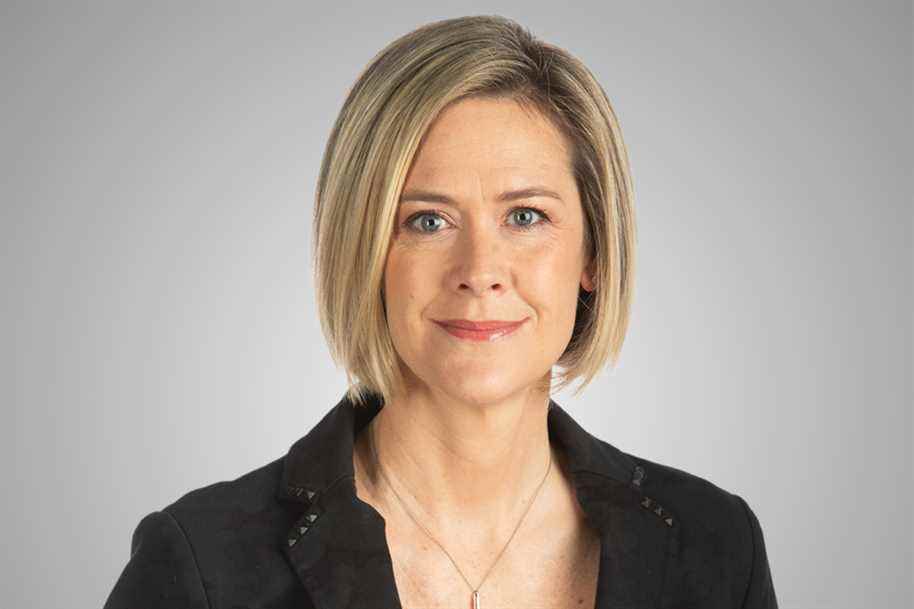Organizing a wedding is a delicate exercise. To satisfy the two families, the lovebirds are often forced to extend their guest list. Instead of an intimate ceremony, we end up with weddings that cost a real fortune.
Posted at 5:00 a.m.
This is what is likely to happen with the marriage unveiled this week between the New Democrats and the Liberals, which ensures the continuity of the minority government until June 2025.
It’s not the voters who will complain about it, they who didn’t want to hear about the last elections and who have even less desire for another election, while inflation and the war in Ukraine are causing a lot of uncertainty. .
But if this marriage buys peace in the short term, his bill could inflate Ottawa’s credit card. And guess who will pay. But yes: you! And your children. With interest.
Is that to satisfy everyone, the two parties have added their wish lists.
The NDP insists in particular on the establishment of a dental insurance program for the less well-off, which would begin this year for young people aged 12 and under and would gradually extend to all families with incomes below 90 $000, by 2024.
The idea is certainly laudable, when we know that the poorest are sometimes reduced to asking for charity, on the internet or from their dentist, to obtain treatment1. But for the government, the annual cost would be around 1.5 billion.
Pressed by the NDP, the Liberals have also pledged to develop a national drug insurance program whose bill would reach $19 billion a year, according to the Parliamentary Budget Officer.
For his part, Justin Trudeau announced during his tour of Europe this week that he would increase Canada’s military spending, as several countries have done since the start of the invasion of Ukraine.
Even though it’s not officially part of the prenup, Jagmeet Singh said he wouldn’t oppose such a measure, despite the traditional reluctance of New Democrats.
No doubt a reinvestment in the military – and in diplomacy – is necessary, as we have already argued2. But if Ottawa raised its spending from 1.4% right now to 2% of GDP, as NATO is calling for, it would cost $15 billion more a year.
Ka-ching! Like on a credit card, the expenses add up fast, right? And we haven’t yet talked about the provinces that are demanding an increase in health transfers of $28 billion a year.
All these requests are very legitimate. But the problem is that the Liberals continue to lengthen the new spending column – three times longer than the new revenue column in their election platform – without planning anything more to balance public finances.
Who will pay ?
The banks, answer the liberals. Okay, but the 3% surcharge would only bring in $1.2 billion a year.
The “ultra-rich”, respond the New Democrats. OK, but if we only target a handful of wealthy people, the reach will be limited. And if we look wider, we must not forget that the personal income tax rate exceeds 50% in many provinces, including Quebec from around $150,000. Raising it further would discourage effort and work, when there is a shortage of manpower.
And raising corporate taxes would hurt private investment that is already lagging in Canada.3which is concerning because advanced machinery and technology is a key factor in boosting productivity, economic growth and wealth creation.
An increase in sales taxes (with compensation for the less well-off) remains the least harmful way to dip more into taxpayers’ wallets. But not the most popular way…
Except that there is a good dose of magical thinking in imagining that we will put in place social programs that will benefit the entire population without the middle class having to take a penny out of its wallet.
One cannot commit to new permanent expenditures without providing for their financing. Let’s hope that the Liberals, who should table their budget in early April, will show rigor, they who have not ceased to present deficits larger than expected, since 2015.
With the pandemic, Canada’s indebtedness jumped from 31% to 49% of gross domestic product (GDP). Some are keeping their fingers crossed that the debt-to-GDP ratio will recover simply through economic growth.
Except that the economy now has the wind against it, because the Bank of Canada has started to raise interest rates to curb inflation, which will eventually cost the government more to finance its debt.
Nothing good for reducing debt.
While the Liberals are positioning themselves even further to the left of the political spectrum, the Conservatives have a great opportunity to counterbalance by campaigning for more budgetary rigour.
They would still have to get out of the mud where they got stuck supporting the truckers. Still they would have to reconcile their troops who, for the moment, seem closer to divorce than to marriage.
